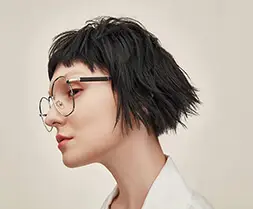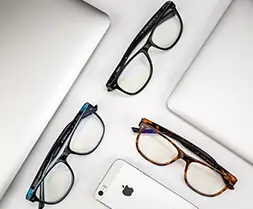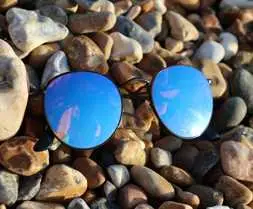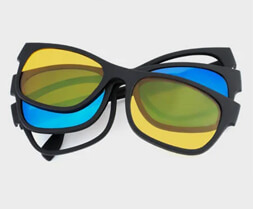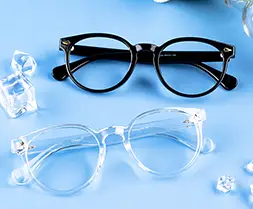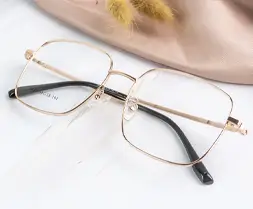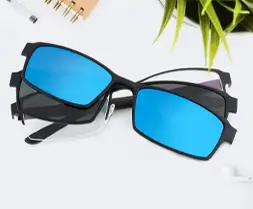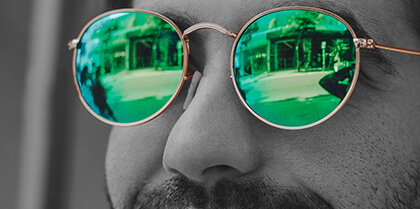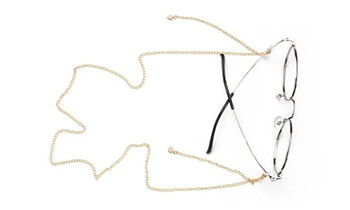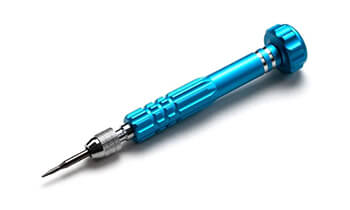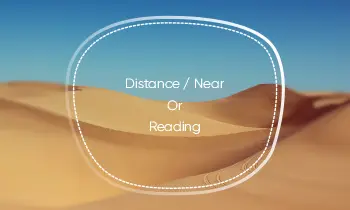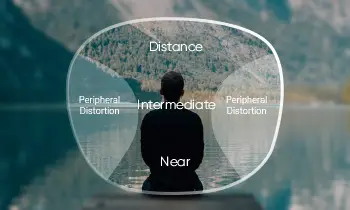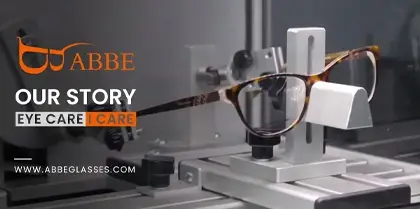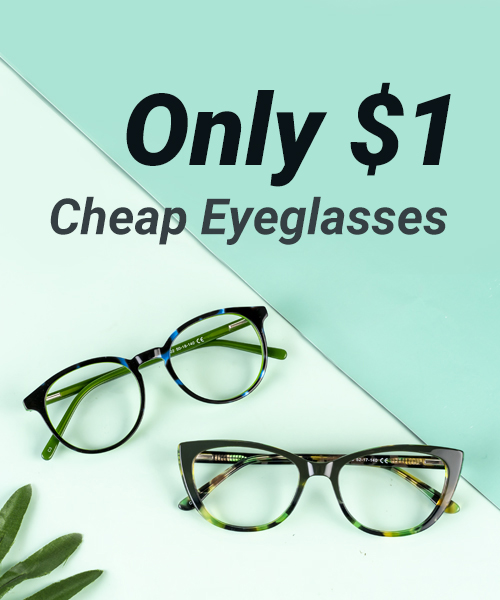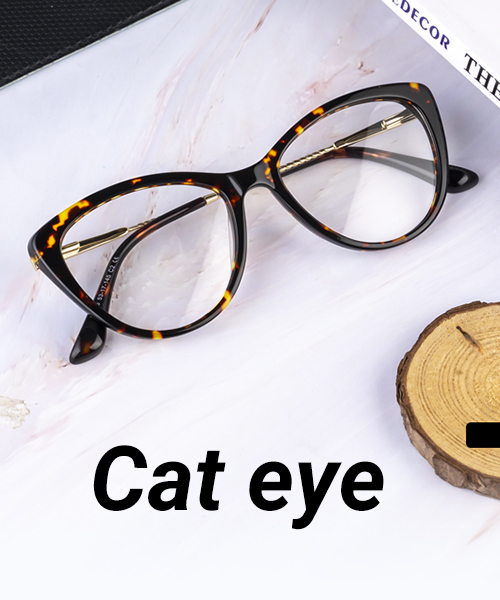Can myopia be passed on from parent to child?
Genetic factors can influence myopia. For example, the probability of inheritance varies between different types of myopia: simple nearsightedness, which is usually caused by poor eye habits, has a low probability of inheritance; pathological myopia has a relatively high risk of inheritance.
Studies have shown that in ceteris paribus, children with one myopic parent are 2.1 times more likely to develop myopia than children with neither parent, and children with both parents are 4.9 times more likely to develop myopia.
One survey found that 7.3% of children whose parents were not myopic developed myopia at age 7; 26.2% of children whose parents were unilaterally myopic developed myopia at age 7; and 45% of children whose parents were both myopic developed myopia at age 7.
Myopia is influenced by a combination of genetic and environmental factors. Children may develop myopia even when both parents are not myopic and when they are overloaded with eye use later in life.
How to do eye strain after prolonged close eye use?
Between close eye use, pay attention to intermittent rest for both eyes: It is generally recommended that after 30 to 40 minutes of close eye use, you should take a break for 5 to 10 minutes, such as looking out the window at a distant landscape or taking a walk outdoors to help relax the regulation of the ciliary muscle.
Hot towel compress: When you are at home, you can use a hot towel compress to promote blood circulation to the eyes.
The use of artificial tears: can play a role in moisturizing the eyes, thus relieving the symptoms of fatigue and dryness. It should be noted that to maintain the sterility of the medication and prolong the medication's expiration date, artificial tears are generally added with preservatives. Although small amounts of preservatives do not cause much damage to the eyes, excessive use of eye drops containing preservatives over a long period may cause damage to the eyes, so preservative-free artificial tears are recommended.
What can be done to slow down the progression of myopia?
Frame glasses: Frame glasses are the simplest and safest corrective measure. Children with myopia should be reviewed at least once every six months to a year to adjust the prescription of the glasses on time. Monofocal lenses are a common type of frame glasses in clinical practice, and for those with adjustment problems, there are bifocal lenses, trifocal lenses, and progressive lenses. Progressive lenses can increase the range of vision and may delay the progression of myopia in children and adolescents.
Keratoplasty (OK lenses): is a reversible, non-surgical, physical, orthopedic method. Studies have found that long-term wear of keratoplasty lenses can effectively delay the lengthening of the eye axis in children and adolescents. However, it is essential to note that the fitting of keratoplasty lenses should be done in a professional and qualified medical institution. And minor children need to be supervised by their parents to cooperate with using keratoplasty lenses and have regular follow-up visits.
Rigid contact lenses (RGP lenses): irregular astigmatism due to cone corneas and corneal scarring etc., may be preferred.
Low-concentration atropine: Presently, domestic and international studies have confirmed the effectiveness of atropine in delaying myopia progression. The use of high concentrations of atropine may produce blurred vision, large pupils, photophobia, allergy, and other reactions. 0.01% low concentration of atropine has relatively light and few reactions.
Shop Prescription Eyeglasses


